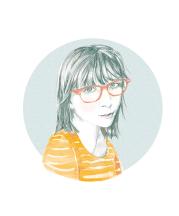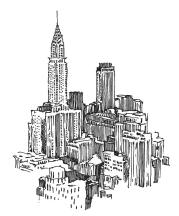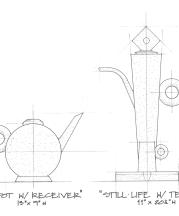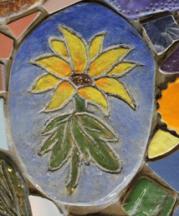PDF Product

Summer/Fall 2016
Function/Architecture Vol. 44 No. 2
In this issue, nineteen authors explore function and architecture through myriad lenses: Artist Narratives by Cary Esser, Susan Tunick, and Jonathan Kaplan; Steven Kemp remembers Harry Holl, John Stephenson is remembered by five of his colleagues, and Paul Mathieu surveys world ceramic architecture; Columns by Gregory Miller, David Potter and John Steele, Ayumi Horie, and Julie Wilson; finally, our Q&A features three interviews from Ben Carter's podcast.


















